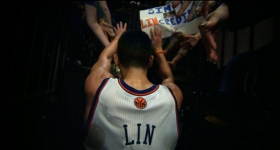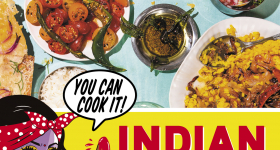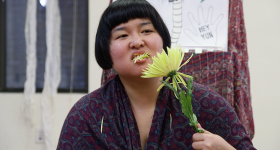The Visibility Project tour launches at last! Starting on October 1st and continuing for the next two months, I will document the stories of queer Asian American women and trans* people via video and photography to counteract the invisibility imposed upon them by mainstream LGBTQ and Asian American society. My whirlwind tour will traverse over 12 cities in the Midwest region and Bible Belt South, from Minneapolis, Minnesota to Birmingham, Alabama.
Often with each new stop, I feel like an outsider, inexperienced and uninformed about where queer community is, race and ethnic demographics and the cultural landscape in the specific geographical region I am visiting. During my first stop to in the twin cities of Minnesota, I learned quickly that a huge Hmong community resided mostly in St. Paul. Most immigrants and people of color lived on the St. Paul side of the twin cities, and the highest concentration of Korean adoptees live in Minnesota.
Response to the community callout for participants in the Visibility Project was strong, and I was ecstatic to register my subject for my first shoot. Unfortunately my euphoria was short-lived, as the initial registration was immediately followed up with an email apologetically withdrawing from the project. The potential participant, we'll call her Samantha, feared that her participation in the Visibility Project would cause a fallout with her family. She backed out, even though it was these same familial struggles that were the impetus for her desire to participate in the first place. I thought about how Samantha's reticence pushes her story back into the recesses of invisibility, and perpetuates the feeling of voicelessness that many queer and trans people experience.
Samantha's withdrawal put a spotlight on the importance of safety. How the simple act of being in front of a camera as an openly queer person, is dangerous. As individuals, we are always aware of our vulnerabilities and must accept that we are a constant work in progress. My interaction with Samantha showed me that I was defining how people could or could not be visible within this project. It made me think about how even the smallest components of oneself, especially the marginalized self -- from one's written words one's life stories -- must be asserted and celebrated if we are to prevent them from being erased and if we are to achieve ultimate self-determination.
I tried asking Samantha again if she would be willing to be still interviewed and recorded with the promise that the video will not be released until ten or more years from now and that the transcription of her story would only be shared anonymously.
She agreed to participate.
This experience expanded the ways in which I can create a stronger sense of safety for participants, and give over more agency in how stories are shared. They decide the topics, extent, and tone of our interviews and along the way become empowered in how their histories are shared with the world in video, photo, or print form. Diversifying the mediums through which their histories are recorded allows people to share personal narratives through varying levels of confidentiality, resulting in a reduced fear of backlash. After eight years of doing this work, the Visibility Project continues to evolve. Next stops are Madison and Chicago!
LGBTQ Hyphen: The Visibility Project Tour
Contributor:
Mia Nakano
LGBTQ Editor + Founder + Leadership Team









Comments